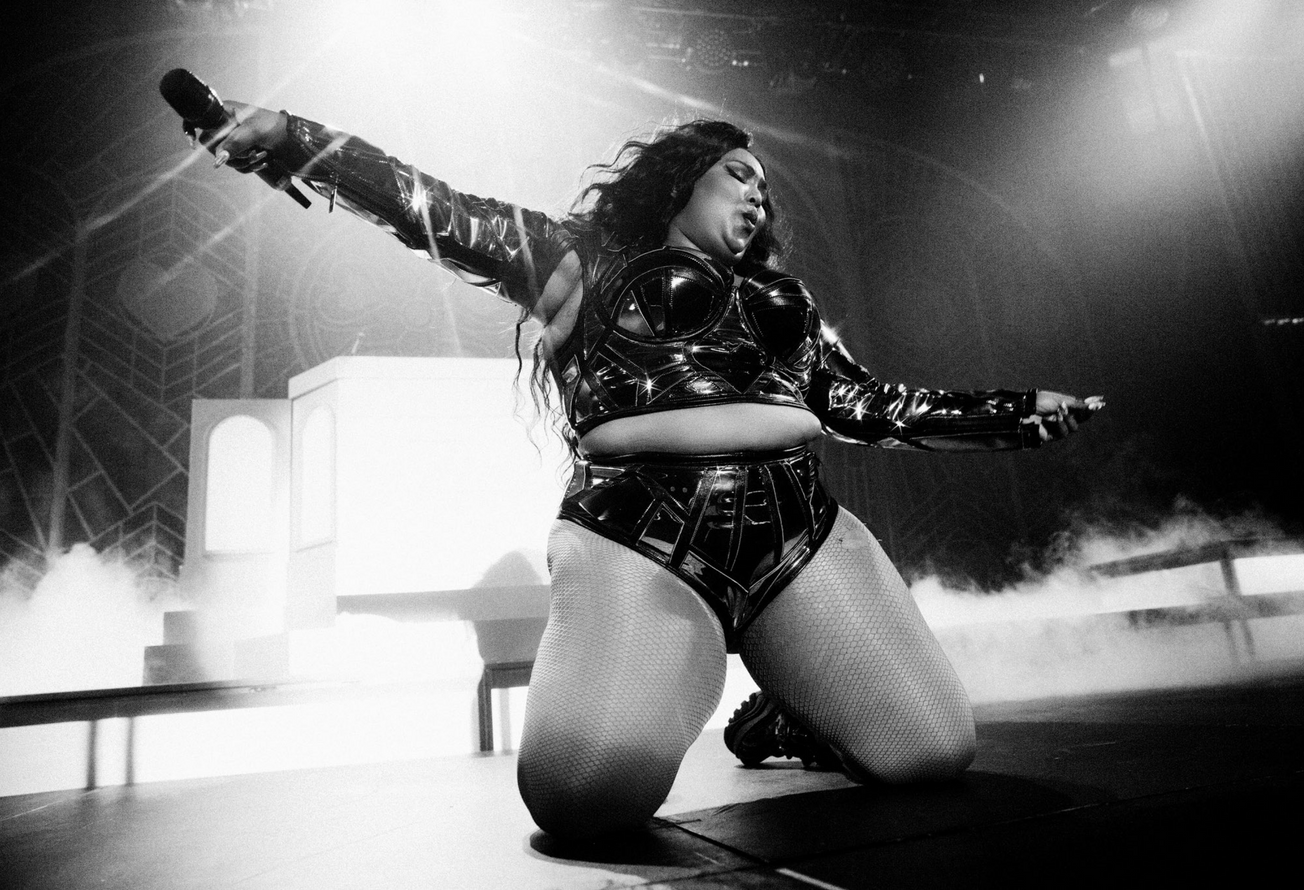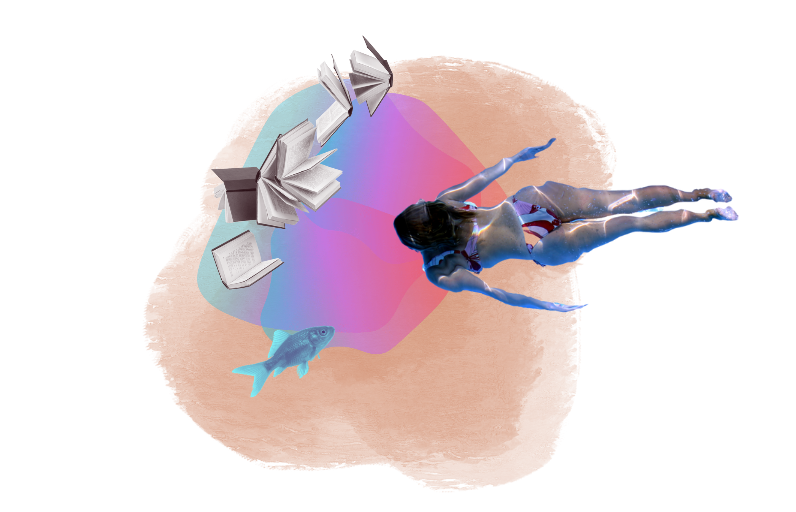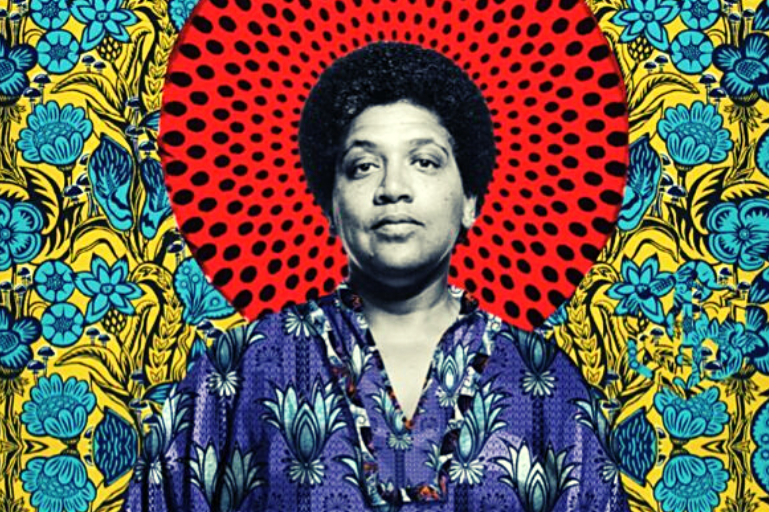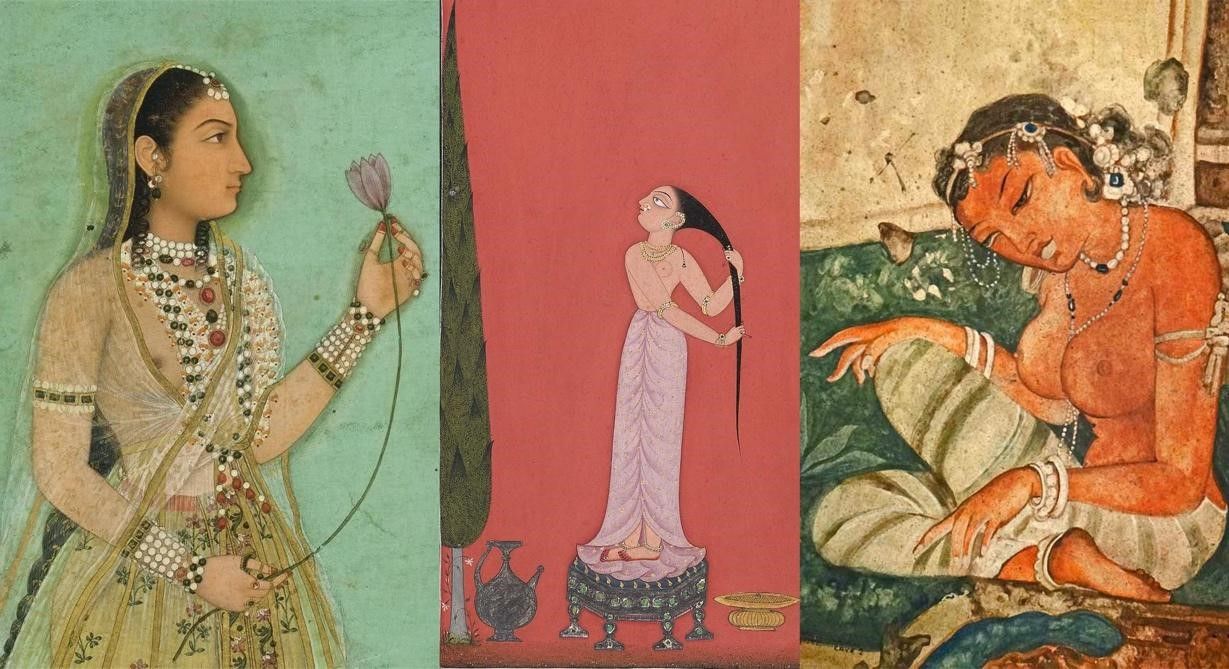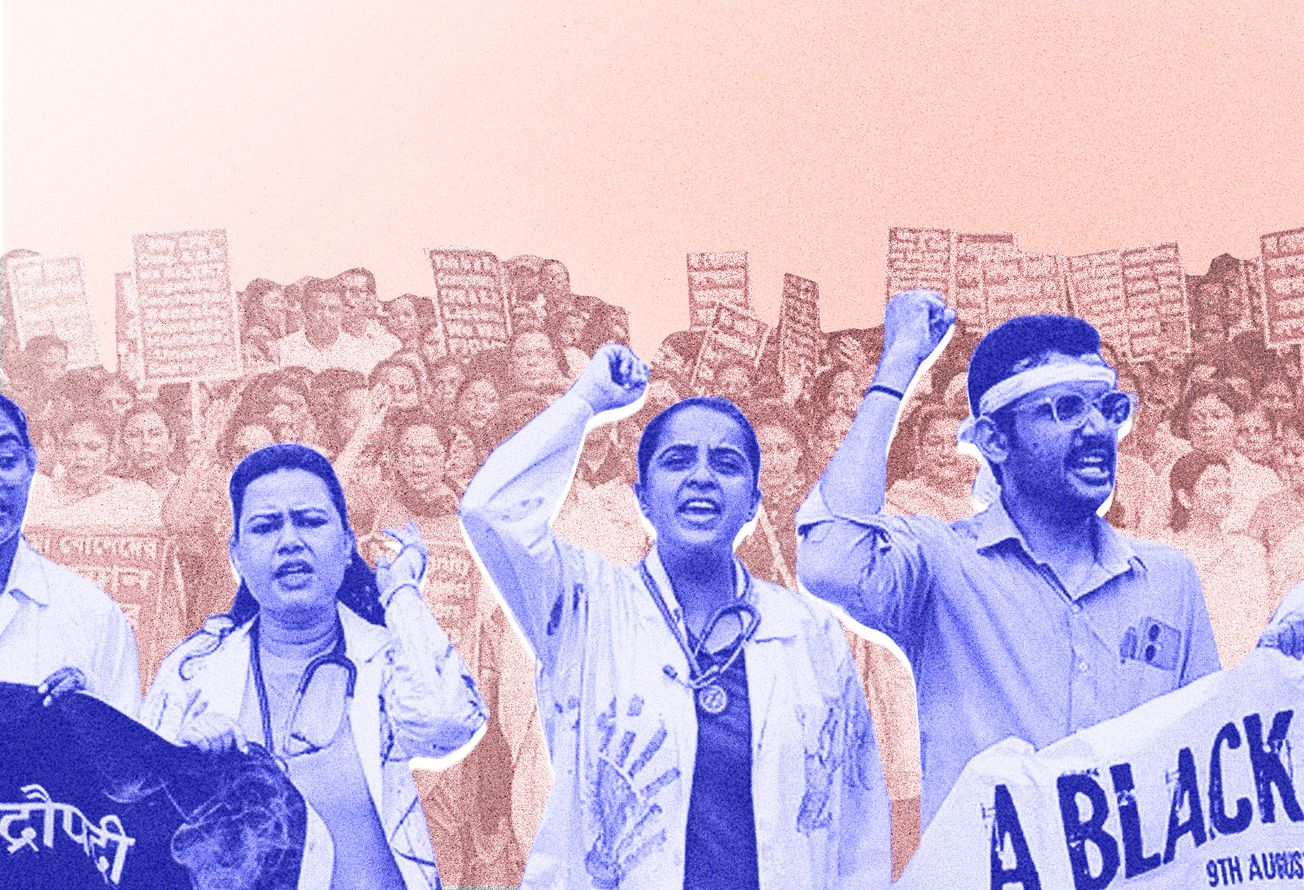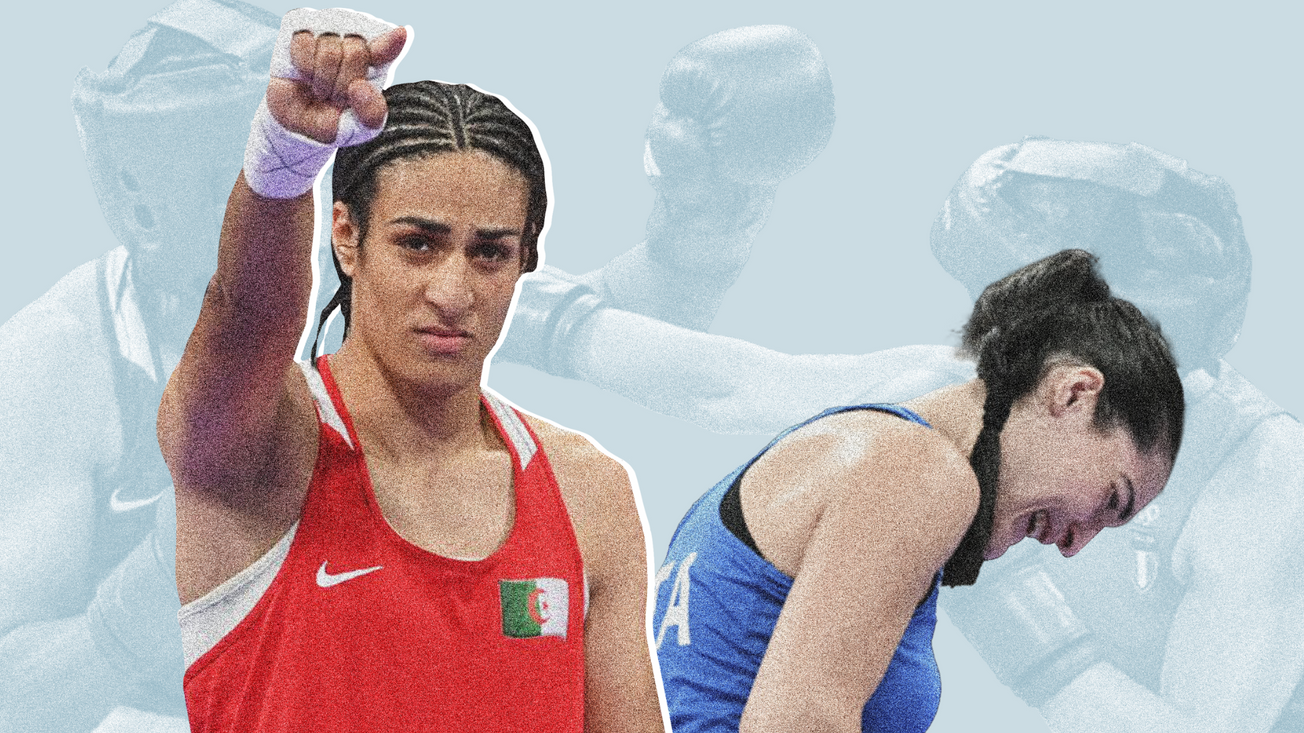Image Credits: Lizzo/Twitter
As you enter the crooked lanes of Mumbai’s Aram Nagar, densely populated with casting offices and audition studios, you come across a lot of actors hoping to make it big in the Hindi film industry. They come from all corners of the vast city to line up in front of these offices, waiting to be glanced at by a casting assistant and be told, in one word, whether they qualify to audition or not. The casting assistant scans your “look”—is it good enough according to the sacred standards set by the Bollywood industry, by a Brahmanical-patriarchal society, and by the Global North’s ideals of beauty and fitness? In other words, are you fair-skinned? Are you skinny if you wish to audition for a woman’s role, and muscular, if for a man’s? There is no space for any other genders here, of course. Most importantly, your face needs to have an “upmarket look”—probably the most-used descriptor in casting calls—the kinder label for limiting the pool to those from the privileged classes and, subsequently, castes.
A cursory glance at this casting call page, for example, shows the repeated use of the terms “upmarket”, “slim”, and “fit” to describe the potential applicants. With a great sense of entitlement, casting directors declare either of the two possible outcomes—“fit”, or “not fit” for the role. And just like that, your entire worth, potential, possible acting talent, and skills are forced into the tiny box of this terrible binary. If your appearance deviates from the canon of beauty, you are not deemed “fit” to be auditioned for any of the lead roles. It is decided that you are better suited for “side characters”, like the trope of the “fat friend” or the “quirky” girl. Think the nerdy version of all Bollywood girl-next-doors before they miraculously become glamorous after removing their spectacles – except you never get to the miraculous glow-up, and you’re perennially stuck in a limbo devoid of any character arc. The conventional female lead we get to see—no matter how quirky the character, no matter how different, intelligent, brave, strong, or “badass”—is almost always skinny. And in the rare cases where she is not, the story tends to be centred on her non-skinniness and her non-skinniness alone, thus othering the bodies that deviate even slightly from the thin ideal.
As a twenty-two-year-old theatre artist, I have been delaying and deferring auditioning for the screen, constantly telling myself that I need to look skinnier before finally applying. Talented actors that I know are turned away at the doorsteps of casting offices, after having travelled for hours to get there, only because their appearance does not pass the conformity-test. We’re asked to toughen up and stop complaining, of course—this ordeal is a compulsory part of our ‘struggle’, the ‘hustle’—ideas we internalise with utter disregard for our mental health. Apparently, if we choose to follow our dreams and opt for a career as an actor, it negates our rights to complain or criticize the system we so readily jumped into.
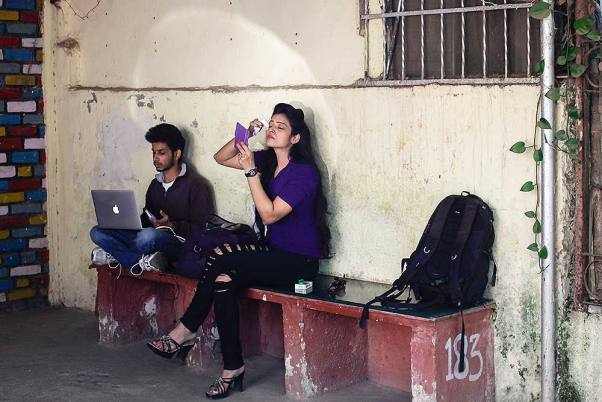
This obsession with ensuring that people look a certain way is not confined to Aram Nagar’s audition rooms and casting offices. Historically, these norms of appearance are boosted by popular culture and invade our everyday lives. People watching and learning from these depictions of bodies start fixating upon their own bodies as well as those of others’ around them. Casting directors, filmmakers and even aspiring film actors themselves will often tell you that this practice is fully justified—you only deserve being featured on people’s screens if you look fit. What we are defining “fit” as thin, though, is never problematized. How have we reached the assumption that people “need” to see only certain types of bodies? If the goal is to be relatable to spectators, shouldn’t we try to have as much representation as possible? Would that, then, not entail the casting of all types of bodies—average, mid, as well as plus size?
The latest forms of content creation have also adopted this bias. The American singer-songwriter Lizzo, for example, recently spoke up about TikTok banning her videos where she is clad in a swimsuit. Pertinent questions need to be raised here, too, and we should be asking similar questions of the Mumbai film industry: What is so threatening about a plus-sized body but not a body which adheres to the thin ideal—the perception that a woman must have a slim, slender body with close to no body fat. What kind of audience are you trying to “protect” by censoring the former but never the latter and why should anyone need protection from a completely natural visual—a woman celebrating her body, being confident in her skin, and consensually sharing that celebration with her followers?
A study found that more than 1 in 4 young women suffer from negative body image issues, including psychological distress that can lead to serious eating disorders. As many as 89% of Indian women reported feeling negatively about their body after reading comments on social media. It is easy to blame those who are actively fat-phobic—such as those who offer unsolicited comments on people’s bodies when they gain weight or those who unapologetically make fatphobic jokes. However, those who glorify and celebrate thinness contribute to building this culture just as must those who hate on fatness. When they praise someone for losing weight or obsessively scrutinize already-thin bodies for any hints of body fat, they reinforce the idea that fat bodies are inadequate, not glamorous enough, and unhealthy.
Trends that dictate what the ideal woman’s body should look like have always existed—the old “36-24-36” ideal set for body measurements and Honey Singh’s rap about the desirability of a woman with a twenty-eight-inch waist who weighs just forty-seven kilos. Today, we see it in the TikTok and Instagram reel trend that has young women showing off their bodies to the lyrics “I got a small waist, pretty face, with a big bank”. Another trend which has become hyper-visible and pops up at the reels tab repeatedly, is when women show their before and after images as they ask, “How did I go from this… to this?” . The many forms of this “glow-up challenge” have a connecting link—they are almost always before/after photographs of people who have lost weight. There are other challenges and trends that glorify the thin ideal—like the challenge where women wearing oversized shirts pull their shirts tightly around their torso to show how tiny their waist is. While you’d occasionally find intersectional, body-positive videos on your Instagram reels tab, the videos with the most reach and engagement are always those that celebrate thinness.
Social media platforms need to apply stringent policies against harmful trends that make way too many people hate their bodies and end up promoting eating disorders. Also, you and I need to stop attaching as much importance to the weight and size of our bodies. I’m rooting for a future where diverse body types can be seen and celebrated. After all, there are as many concepts of beauty as there are people in this world. Why should skinny get to rule?


